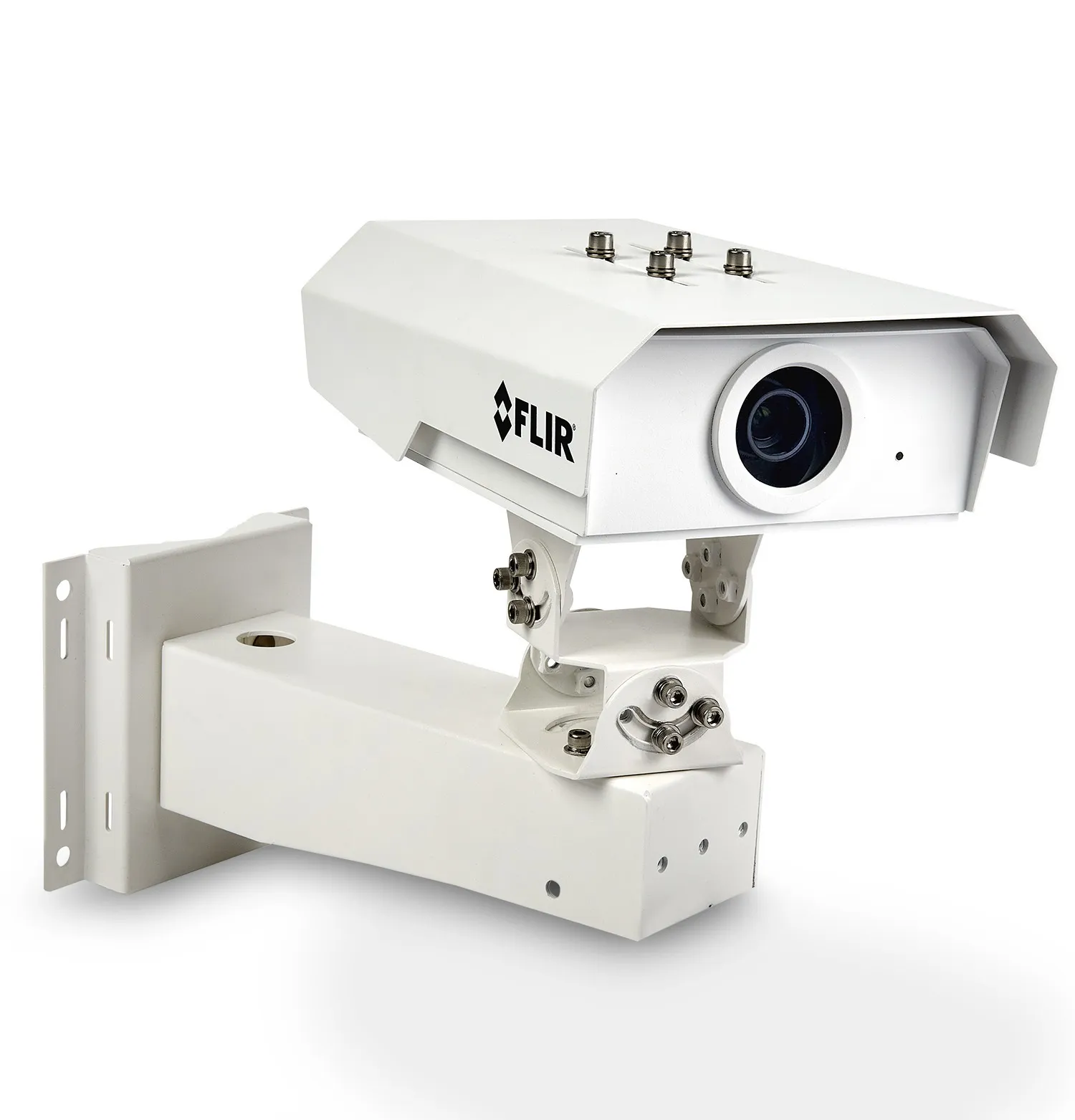Security systems specialist Crisma Security has integrated the Navtech radar with the Ulisse thermal radical range of PTZ thermal cameras manufactured by Videotec, to provide a flexible solution for optimal management of large-scale critical infrastructures.
The Navtech radar uses millimetre wave technology, creating an automated and reliable system to help protect against intrusion, with the ability to automatically detect a person in a radius of up to 1000m, both day and night and in all environmental
March 21, 2017
Read time: 2 mins
Security systems specialist Crisma Security has integrated the 819 Navtech radar with the Ulisse thermal radical range of PTZ thermal cameras manufactured by 1950 Videotec, to provide a flexible solution for optimal management of large-scale critical infrastructures.
The Navtech radar uses millimetre wave technology, creating an automated and reliable system to help protect against intrusion, with the ability to automatically detect a person in a radius of up to 1000m, both day and night and in all environmental conditions.
The Ulisse camera offers high functional and mechanical performance and, with a wide field of vision, is capable of capturing images of people and objects even in the dark or during adverse environmental conditions.
The integrated system means that the radar automatically guides the thermal PTZ and uses software to send the exact coordinates of the target that needs to be followed rapidly and continuously. This provides real-time visual feedback of the detected event.
The system provides security managers with quick information on unwanted intrusions, with instant, real-time views of the target’s presence and position in monitored areas. It enables early intervention and ensures total and continuous coverage of external infrastructures.
The Navtech radar uses millimetre wave technology, creating an automated and reliable system to help protect against intrusion, with the ability to automatically detect a person in a radius of up to 1000m, both day and night and in all environmental conditions.
The Ulisse camera offers high functional and mechanical performance and, with a wide field of vision, is capable of capturing images of people and objects even in the dark or during adverse environmental conditions.
The integrated system means that the radar automatically guides the thermal PTZ and uses software to send the exact coordinates of the target that needs to be followed rapidly and continuously. This provides real-time visual feedback of the detected event.
The system provides security managers with quick information on unwanted intrusions, with instant, real-time views of the target’s presence and position in monitored areas. It enables early intervention and ensures total and continuous coverage of external infrastructures.










